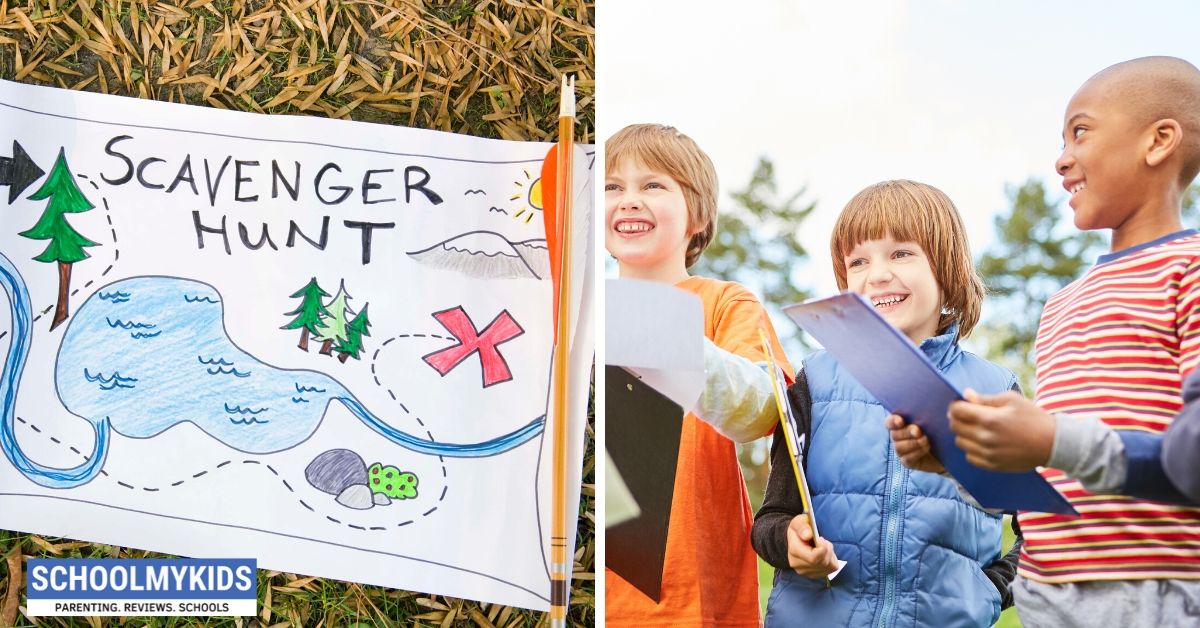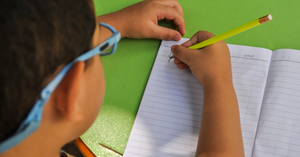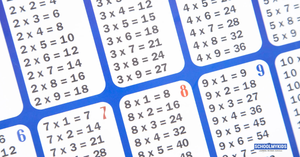Do you have the kids at home and looking for a fun activity that doesn’t involve a screen? Consider a scavenger hunt! The scavenger hunt and its twin, the treasure hunt, are timeless activities that excite and engage everyone from 3-year-old kids looking for Easter eggs to families exploring a new city together to mid-life professionals participating in an ice-breaker activity at a conference. Scavenger hunts potentially require the players to practice teamwork, use critical thinking skills to solve clues, and exercise to explore a backyard. Plus, scavenger hunts are simply a lot of fun. Read to know about Best Scavenger Hunt Ideas for Kids. These scavenger hunt ideas for kids are easy, fun and a great way to keep kids busy. You can also checkout 7 Tips to Help You Plan a Scavenger Hunt for the Kids.
Scavenger Hunt Ideas for Kids
- Three Years Old and Up
1. Easter Egg Hunt
We began with the Easter egg hunt model. Start with colored plastic Easter eggs, or any kind of similar items, 6 green tennis balls, for example. Hide the items in a room, or throughout the house, or your back yard, whatever is appropriate for the age of your child and the space you have to work with. Then unleash the kids.
2. Photo or Picture Hunt
Provide your players with a list of pictures or photos and ask them to find and collect similar items throughout the house. Nothing too complicated, everyday things like a pencil, toothbrush, and comb. A variation of this model would include in this list a blue box, for example, and explain to the kids to find something blue.
- Five Years Old and Up
3. Map-Based Hunts
Our daughter currently loves the map-based hunts we have designed for her.
- Step 1 Hand draw a map of a room in your home, or your house, or your backyard or park. It doesn’t have to be a great drawing! Check out the photo of the one we are currently using.
- Step 2 Now include a few landmarks on your map like the couch, the table, the doors. If you’re doing your backyard or a park, include the slide, the gate, the swing set. You only need to add enough items to help the kids orient themselves.
- Step 3 Now hide your items and mark on the map where they can find them.
- Step 4 Release the players and watch the joy as they try to figure out the map and find the prizes
One variation of the map-based hunt is to hide a second map with a whole new set of objects to find. Another variation, as kids become more familiar with the map-based hunt, ask them to plan their own scavenger hunt for you and their friends. Trust me, they will LOVE making their own maps. To repeat the activity, since your kid will surely want to do it again, save yourself time by photocopying your hand-drawn maps before marking them up with clues.
4. Clue-Based Hunt (Version 1)
The most important requirement of a clue-based scavenger hunt is the player’s ability to read. What’s great about this activity, too, is that depending on your kid’s reading level, you can adjust the complexity of the clues.
Step 1—For beginning readers, on a sheet of paper, write out a list of items to find. For more advanced readers provide a clue or riddle. For example, you can list “toaster” for the beginning readers, then for the more advanced readers, a clue, “I make bread warm and crunchy” or a really bad rhyme, “No one calls me Fred, but I do like to toast bread.”
Step 2—Hide the prizes.
Step 3—Release the players!
If you have several players, change up the order of the list so that all the players aren’t looking for the first clue at the same time. Depending on the number of players or teams, be sure to have more than one prize at each clue.
5. Clue-Based Hunt (Version 2)
Instead of listing the items, another variation is to hide the next clue where you would hide the prize in version 1. In other words, the first clue leads them to the second clue, and the second clue leads them to the third clue. And so on…you get the idea.
Step 1—Cut out each clue separately. The same advice applies to version 1. For beginning readers, you can simply list a word, “toaster,” and for more advanced readers, you can write out the clue, “You heard what I said, I like to warm bread.” I have a million of them.
Step 2—At the toaster, instead of a prize, leave the next clue. Continue the process until you get to the last clue. At the last clue, leave a prize.
Step 3—Release the players!
Scavenger Hunt Ideas for Teens and Adults
Any of the before-mentioned types of scavenger hunts can be adapted for teens and adults. Still, I wanted to include a couple of additional options that might be too advanced for younger kids.
Location-Based Scavenger Hunt
My most memorable scavenger hunt took place when I was a teenager with my church youth group. There were maybe 15 of us, teens and adults, and we camped over the weekend at Tyler State Park in Texas. Our youth leaders visited the park the weekend before and, with a park map, created clues. The leaders also visited with the local park rangers, and with their permission and cooperation, hid the clues the morning before our scavenger hunt. We divided into 3 groups. There was an adult in each group who served as the driver but couldn’t help us solve the clues. Each team was given a different first clue, so we didn’t crowd each other looking for the first clue at the same time. Each team’s last clue sent everyone back to the camp site. First team back at the camp site wins. I had so much fun. To this day, I remember many of the details of that scavenger hunt.
Another version of this kind of scavenger hunt that is becoming more and more popular are tourist scavenger hunts. When you set up your next vacation, if you’re visiting a large city, Google the name of the city and see if there’s a scavenger hunt available. It’s a great way to learn about the city while having fun with friends and family. Most of these types of scavenger hunts use your cell phone to guide you.
Photo-Based Scavenger Hunt
The only requirement for this type of scavenger hunt is being able to operate a camera. The concept is fairly self-explanatory, based on your clue, you take a photo, then move on to the next clue. If your setting is a park, an example could be, “the fountain in the park,” or “a pink flower.” This type of scavenger hunt can also be modified for younger kids with an older sibling or adult close by to help take the photos.
Scavenger Hunt as an Ice Breaker
This type of scavenger hunt is often used for team building or at conferences to help people get to know each other. Usually, there is a list of prompts like, “Find someone who has visited Thailand,” or “Find someone who knows how to play guitar.” The first person to complete the list of questions wins!









Be the first one to comment on this story.